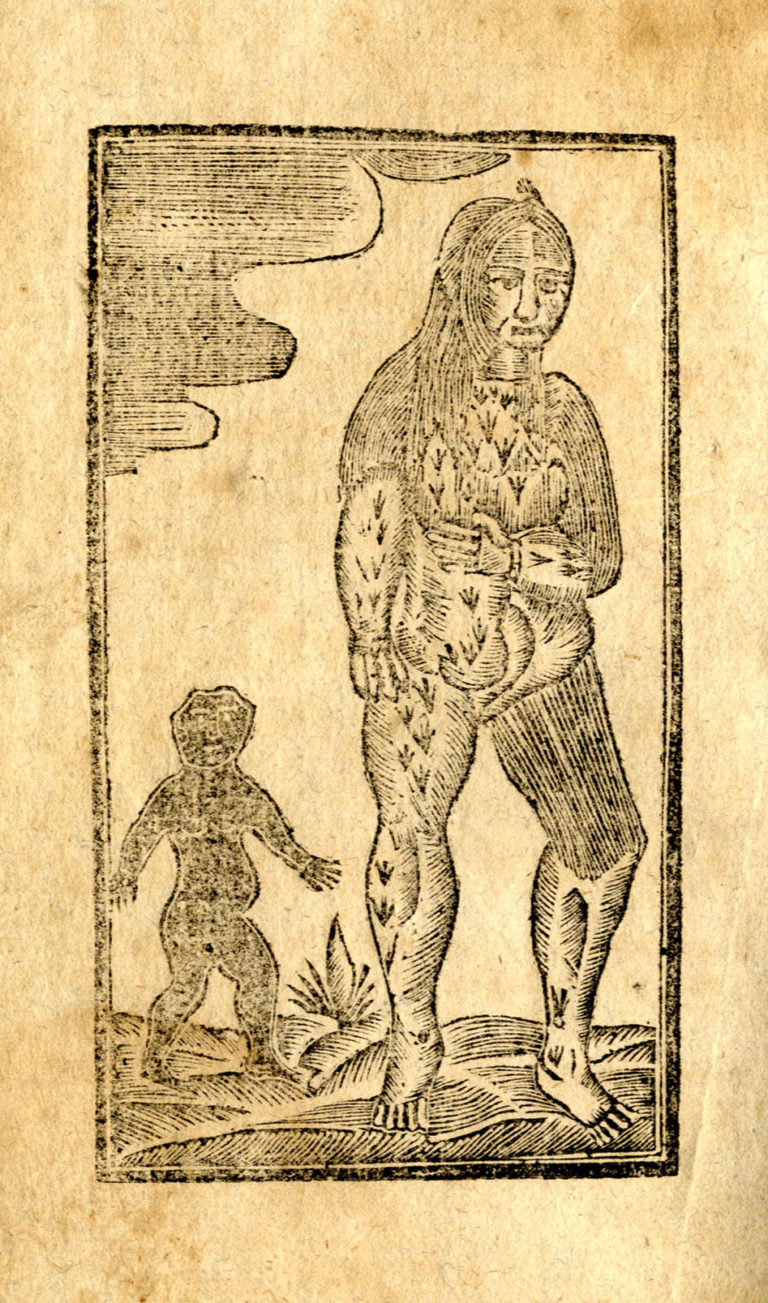He Said, She Said

Ask an academic about the history of gender and you’re likely to get a lecture of dazzling theoretical complexity. It might begin something like this: neither the categories by which we label gender nor the norms we assign to it are natural or inevitable. Instead, the rules that govern gender emerge from a web of complex, contingent, and often contradictory discourses, which are shaped by–and shape–culture.
Sounds abstract? Well, just try explaining this theory (known in the academic world as “social constructionism”) to a bunch of high school kids, whose response is likely to be a combination of mystification and skepticism. Thanks to the inclusion of women’s history in contemporary primary and secondary school courses, students are accustomed to accounts of the past that give heed to biological sex. But most textbooks, by focusing on women’s ongoing struggle for equal civil and social rights, suggest that changes in the behavior of the sexes have been merely strategic responses to oppression or new opportunities. Reading these books, high schoolers come away with what might be called a hydraulic model of gender. Like water through a pipe, according to this concept, masculinity and femininity may stream into culture, or find their free expression blocked, but they always remains fundamentally the same.
Most high school students find the hydraulic model of gender very convincing. At a time when sociobiologists are positing with ever greater certainty the biological grounds of human behavior, the belief that gender is natural offers real seductions. In addition, teenagers still trying to figure out what it means to be men and women are understandably reluctant to acknowledge the fragility of gender categories. How, then, ought a high school history teacher offer students the opportunity for a sophisticated analysis of gender? Until recently, I had come up with few good ideas. And then I reread the vivid account of Thomas/Thomasine Hall in Mary Beth Norton’s Founding Mothers and Fathers (New York, 1996), 183-202.
Born and raised as a girl in Newcastle upon Tyne, T, as Norton calls Hall in her narrative, had emigrated to America as a male after living in England as both a man and a woman. Hall proved a gender enigma to the colonists. Most likely prompted by T’s proficiency at “female” tasks such as sewing, colonists became suspicious of T’s true identity. Yet repeated examination of T’s (probably ambiguous) genitals by groups of both men and women did little to clarify Hall’s status. Everyone who had inspected T agreed that Hall was male. But T’s genitalia were only one factor in the determination of Hall’s identity. First, T could and sometimes did live in the world as a woman. Second, Hall had claimed that “hee had not the use of the mans parte”; presumably, that is, T could not function sexually as a man and sire children. Since the ability to impregnate a woman was a crucial component of manhood in seventeenth-century America, T could be at best only a partial man by colonial standards.
Ultimately, T appeared before the General Court of Virginia in 1629 to resolve colonists’ questions about Hall’s gender. After hearing testimony, the court arrived at a most curious judgement: it concluded that T was both a man and a woman and directed Hall to dress in elements of both men’s and women’s clothing. In other words, the court created a new gender for T, one that acknowledged Hall’s dual-sexed status but foreclosed the switching between male and female that had characterized Hall’s earlier life.
The class of students with whom I read this study, all seniors in an elective entitled “Gender in American Culture,” found the story of T absolutely fascinating. No surprise there: what could be more interesting to high school kids than a tale of how seventeenth-century Americans dealt with ambiguous genitalia? But they also took from it a rich understanding of gender as a social construction.
To prepare the class for discussing the case of T, I first assigned Emily Nussbaum’s article “The Sex That Dare Not Speak Its Name” in the May/June 1999 issue of Lingua Franca (42-51) about the “third-sex” movement. Subsequently, once they’d read the Norton excerpt, I began class with a simple question: “Was T a man or a woman?” Students predictably objected by replying that Hall was neither and both, and we spent some time recapitulating how, according to Norton, Hall’s own contemporaries decided T’s status. That led me to ask students to describe “what made a woman” and “what made a man” in colonial Virginia, and I listed their answers–from genitalia to dress to skills to the ability to procreate–in two columns on the board. It was then very easy to observe that “nature” was only one component, and not necessarily the most important, to gender or sexual identity; that is, cultural expectations and not simply “equipment” were crucial to determining T’s status. The kids were particularly impressed by the General Court’s ability both to create a new gender for T, one that labeled Hall as both male and female, and the importance of clothing as a public statement of identity. Gender, they realized, is never simply “given” or “natural” but based on, and illustrated by, a shared set of social rules.
All too often, high school history teachers are caught on the horns of a dilemma. On the one hand, we want to provide our students with an account of the past that is engaging; on the other hand, we want to introduce them to the concepts that animate current historical thinking. The strange tale of Thomas/Thomasine Hall, the man who was a woman, does both. Its sheer sensationalism engages teenagers while its vivid illustration of the artificiality of gender challenges them in ways no lecture ever could.
This article originally appeared in issue 1.1 (September, 2000).
Peter Laipson teaches in the History Department at Concord Academy in Concord, Massachusetts.
